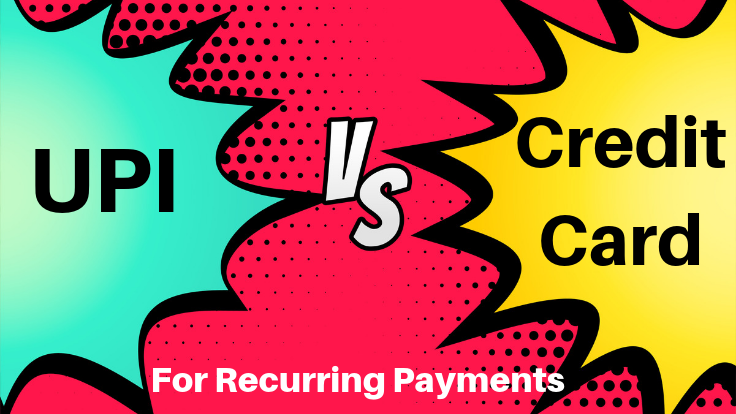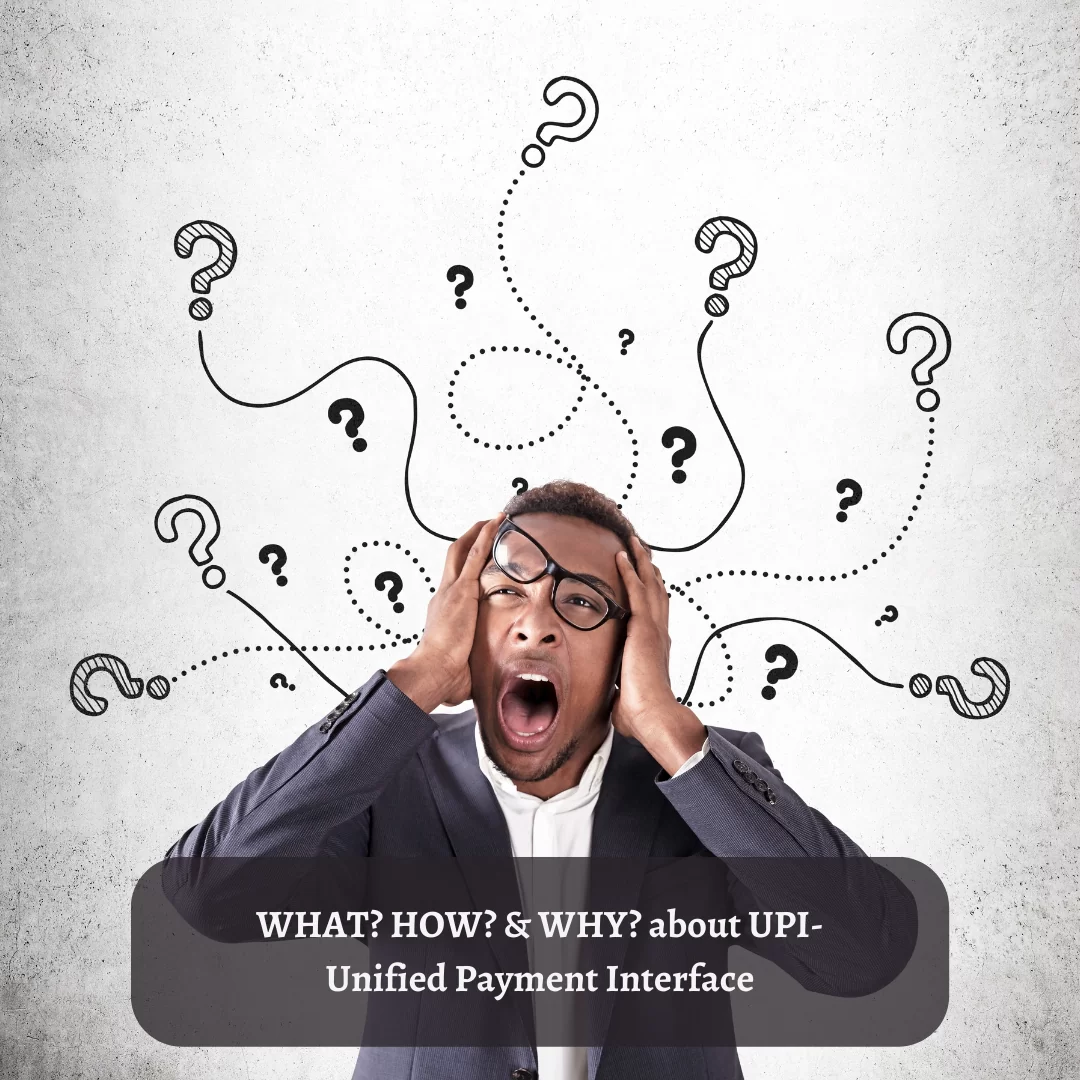Unified Payments Interface (UPI) is a revolutionary payment system in India that has transformed the way people transfer money. Launched in 2016, UPI is a mobile-based platform that enables instant bank-to-bank transactions in real time. In this blog post, we will take a closer look at UPI, its benefits, and how to use it.
What is UPI?
UPI is a payment system developed by the National Payments Corporation of India (NPCI) that enables instant fund transfers between bank accounts using a mobile device. UPI eliminates the need for bank account details and makes transactions as simple as sending a message.
Benefits of UPI
UPI has become popular among consumers and merchants alike for several reasons, including:
Convenience – UPI is very easy to use and can be used through a mobile device. Users can download the UPI app and link their bank account to start making transactions. Once the account is linked, users can transfer funds, make bill payments, and even pay for purchases at shops and online.
Immediate transfers – UPI offers immediate transfer of funds, which means that the recipient receives the payment in real-time. This is particularly beneficial for urgent transactions, such as paying for groceries or transferring money to a friend in need.
Security – UPI uses multi-factor authentication to ensure that transactions are secure. Each transaction requires a UPI PIN, and some banks also offer additional security features, such as biometric authentication. This makes UPI a safe and secure way to transfer money.
Low cost – UPI is a low-cost method of payment, as there are no fees charged for using the platform. As a result, it is a cost-effective option for both individuals and businesses.
How to use UPI?
Using UPI is very easy, and it can be done in a few simple steps:
- Download the UPI app from the Google Play Store or Apple App Store.
- Register your mobile number with the app.
- Set up your UPI PIN, which will be required for every transaction.
- Register your bank account with the UPI app.
- Once the account is linked, you can start making transactions by entering the recipient’s mobile number or UPI ID.
- Enter the amount you want to transfer and confirm the transaction by entering your UPI PIN.
The recipient will receive the payment in real-time.
In conclusion, UPI is a convenient, secure, and low-cost method of payment that has transformed the way people transfer money in India. By using UPI, users can enjoy the benefits of immediate transfers, cashless transactions, and enhanced security, while also avoiding the need to carry cash. If you haven’t tried UPI yet, it’s worth giving it a try!








